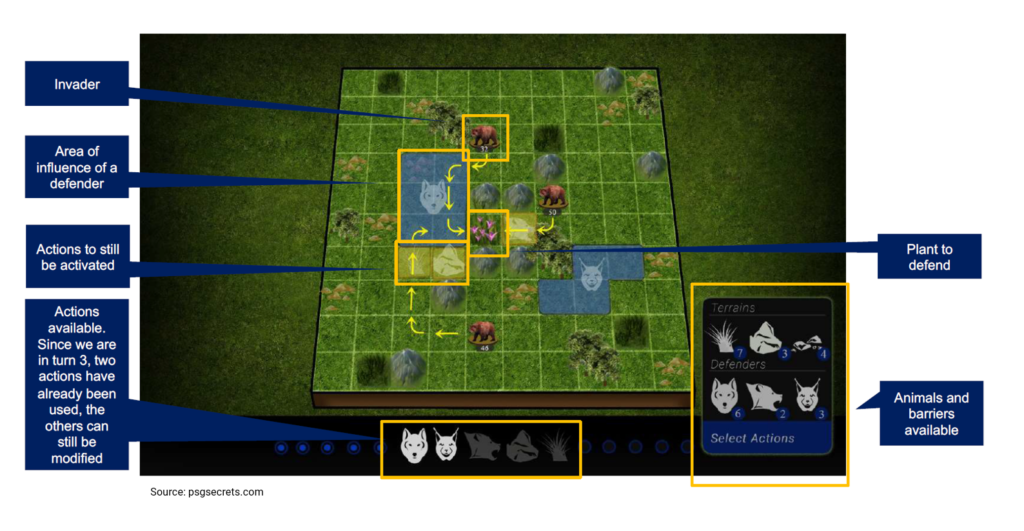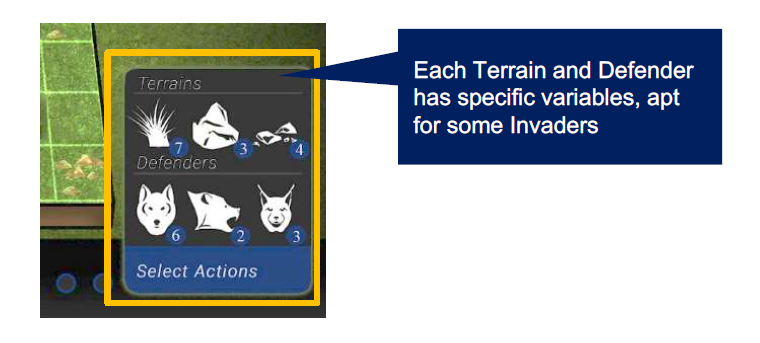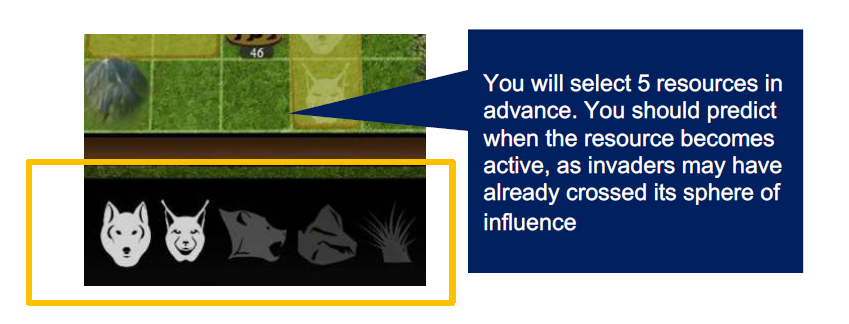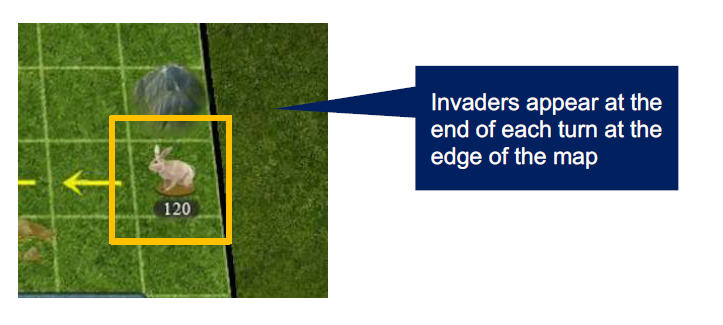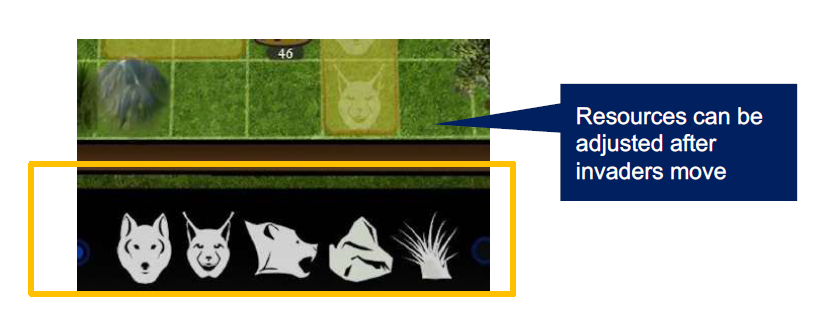The McKinsey Problem Solving Game is a gamified test to screen candidates.
Your college’s reputation and GPA or GMAT score are not enough anymore.
Now, you must pass the McKinsey Problem Solving Game to get interviews.
And like everything else at McKinsey: it’s very selective.
Thus, in this guide, you’ll learn:
- What the McKinsey Problem Solving Game is
- Which skills are assessed during the test
- What are your chances to pass
- What technical information you must know (duration, constraints, etc.)
- How to tackle the game’s various scenarios
- How to prepare for the McKinsey PSG
- And lots more.
Update July 2023: you’ll also find an in-depth analysis of the newest Redrock scenario in this guide.
If you want to practice the McKinsey Solve beforehand to ensure no surprises on test day, check out PSG Secrets’ McKinsey Solve simulation. These exercises simulate the actual exercises you’ll work through on test day.
Ready?
Let’s dive in right now!
Table of Contents

Get the latest data about salaries in consulting
Understanding the McKinsey Problem Solving Game
Imagine yourself in a beautiful, serene forest populated by many kinds of wildlife. As you take in the flora and fauna, you learn about an urgent matter demanding your attention: the animals quickly succumb to an unknown illness. It’s up to you to figure out what to do – and then act quickly to protect what you can.
Are you familiar with this paragraph?
This is the description of one of the McKinsey Problem Solving Game scenarios.
It’s a gamified test to assess candidates’ problem solving skills
The McKinsey Problem Solving Game, also known as the McKinsey Digital Assessment, is designed to evaluate your cognitive ability and problem-solving skills in a fun and engaging way.
But, unlike traditional testing methods, this innovative digital assessment uses the Imbellus software to assess the quality of solutions generated through mini-games, such as the Ecosystem Building Game and the Redrock Study.

But how does it work, and how can you prepare for this unique recruitment process?
Let’s dive deeper into the game’s purpose and key components.
The Purpose of the Game is to screen candidates
The McKinsey Problem Solving Game is used to screen candidates and is part of the recruiting process.
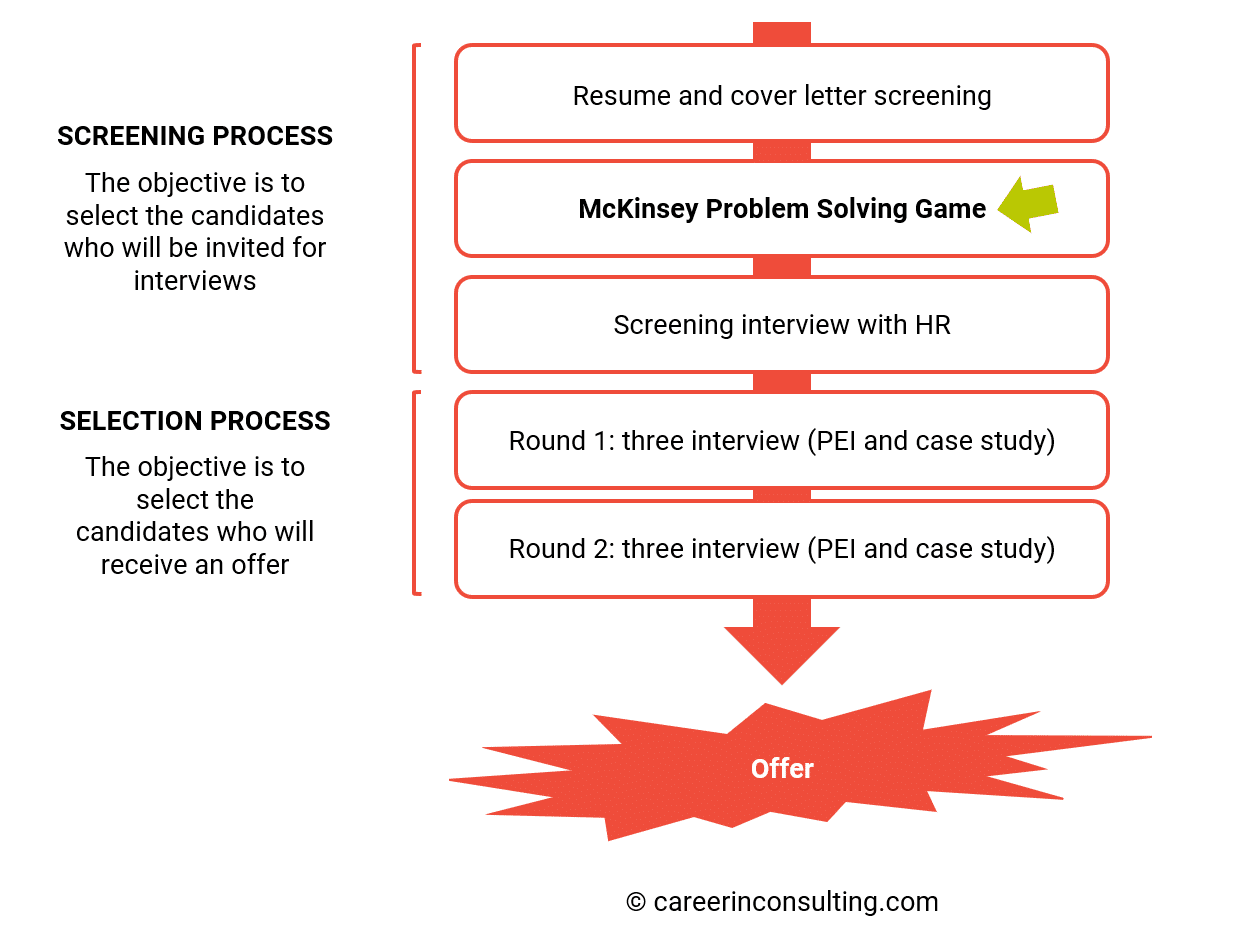
Interviewing candidates is expensive.
Thus, the McKinsey Problem Solving Game evaluates if candidates possess the characteristics to become successful consultants before interviewing those candidates.
To do so, the game assesses five key cognitive abilities:
- Critical thinking,
- Data decision making,
- Meta-cognition,
- Situational awareness,
- Systems thinking.
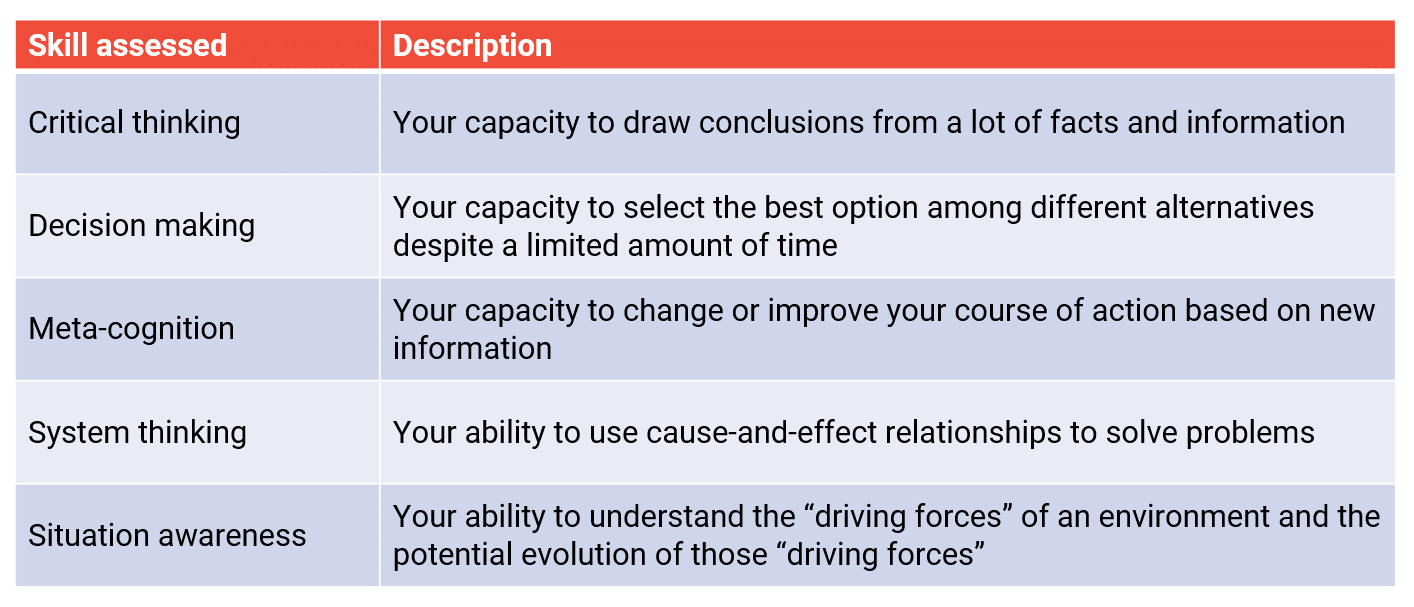
And McKinsey will use the test taker’s score for these five criteria to predict the candidate’s likelihood of thriving at McKinsey.
This innovative approach to candidate evaluation goes beyond traditional testing methods.
It utilizes real-time data such as mouse movement, keystrokes, and clicks to assess a candidate’s thinking process.
In other words:
The game’s scoring system considers both the quality of the solutions generated and the efficiency and organization of the approach.
Note: The Solve assessment was developed and iterated by Imbellus (now owned by gaming giant Roblox) to replace the McKinsey PST
Note: McKinsey Solve, McKinsey Imbellus, McKinsey Game, Imbellus Test, McKinsey Digital Assessment, and McKinsey Problem Solving Game are all synonyms.
Related article: check this article to learn about the McKinsey recruitment process.
Test takers are asked to play 2 out of 6 mini-games
The McKinsey Problem Solving Game is divided into several mini-games, each designed to assess different aspects of your problem-solving skills.
The game features scenarios, time restrictions, and a scoring system, making it similar to a video game.
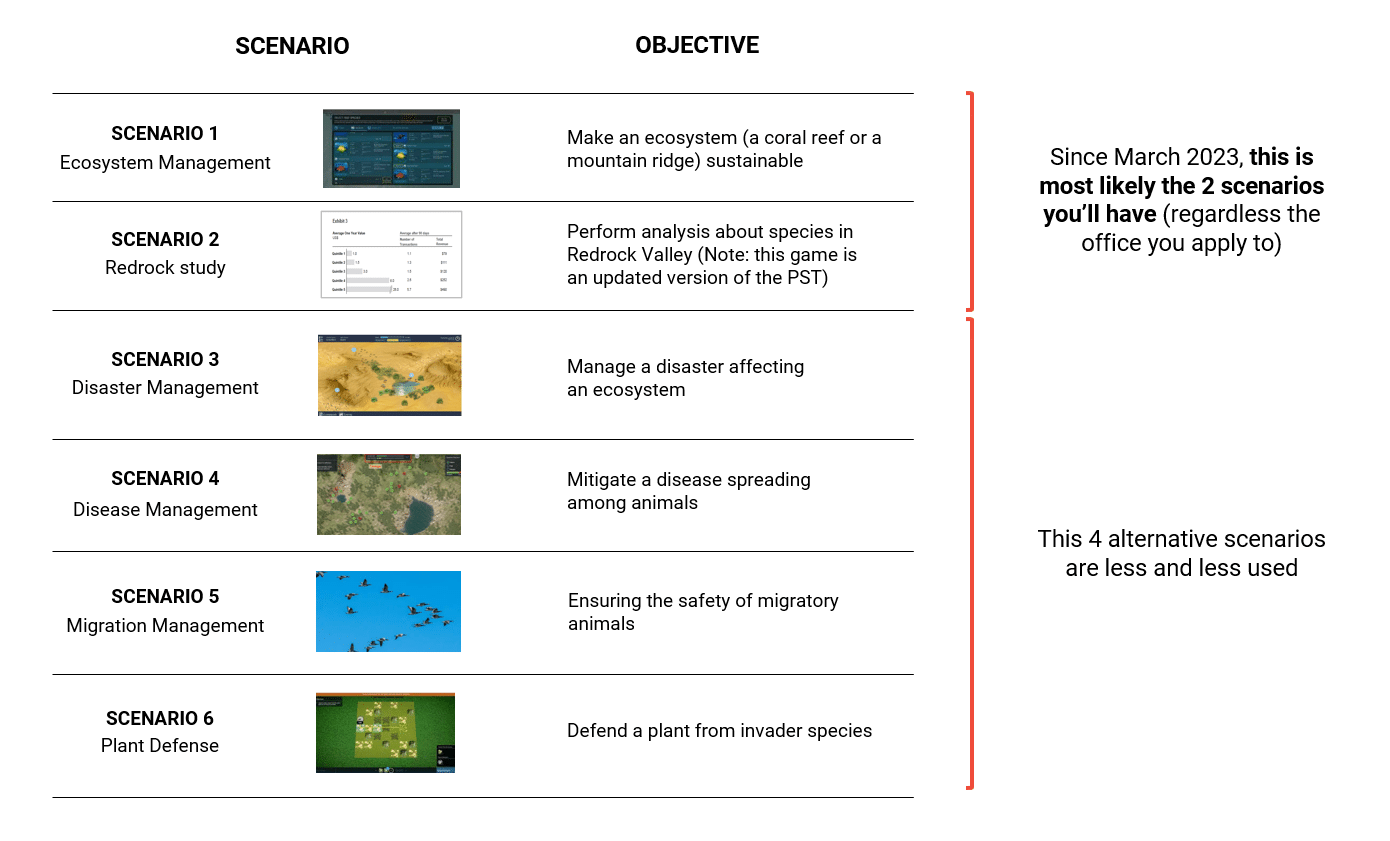
As mentioned in the above picture, since March 2023, the two scenarios you’ll most likely encounter are the Ecosystem Game and Redrock Study.
In the Ecosystem Building Mini Game?
The sustainability of the constructed ecosystem and the efficiency and organization of the approach taken are evaluated.
Secondly, the Redrock Study is an updated version of the original PST assessment, focusing on chart reading, percentage calculations, and data interpretation.
To succeed in this mini-game, candidates must be able to analyze data and make informed decisions based on the available information.

There is no right or wrong answer
Like case interviews, there is no right or wrong answer.
Like other top consulting firms, McKinsey is more keen to evaluate candidates’ thinking process.
In other words, your decision making process is as important as your answer.
Finally, check this video – from McKinsey’s website – explaining what to expect in the Problem Solving Game.
To see what these games actually look and feel like, you can practice these games through PSG Secrets’ McKinsey Solve simulation.
Tackling the Ecosystem Building Scenario
The Ecosystem Building scenario is a core McKinsey Problem Solving Game component, requiring candidates to construct a balanced marine or terrestrial ecosystem.
As stated at the beginning of the game, the goal is threefold:
- Select 8 species (from a list of 39 species) that must survive as an ecosystem
- Choose a location for the ecosystem
- Submit your ecosystem
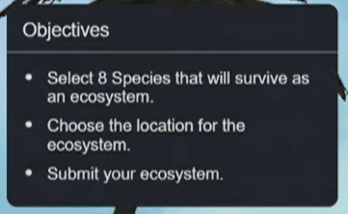
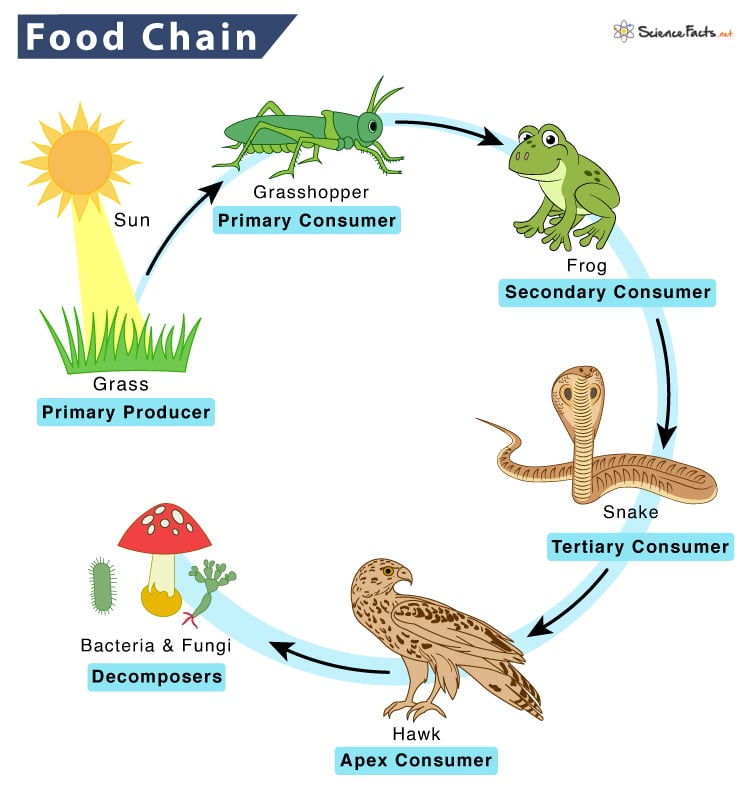
To build this sustainable ecosystem, you must do the following:
- Terrain specifications: the location of the ecosystem must meet the living conditions for the 8 species you’ll select
- Calories balance: Each species must be fed with enough calories from food to sustain itself.
- Food chain management: each species must not be eaten into extinction by its predators.
The next three sections will examine the challenges and strategies for success in the Ecosystem Building scenario.
Terrain Specifications
Understanding terrain specifications is crucial for success in the Ecosystem Building scenario, as it directly impacts species selection.
The terrain specifications refer to the environmental conditions of a given location, including temperature, humidity, and air pressure.
These specifications directly influence the species that can thrive in that location.
The McKinsey Problem Solving Game features Mountain, Reef, and Desert terrains, and each species has required terrain specifications, typically expressed as ranges (e.g., Temperature: 20-30 C).
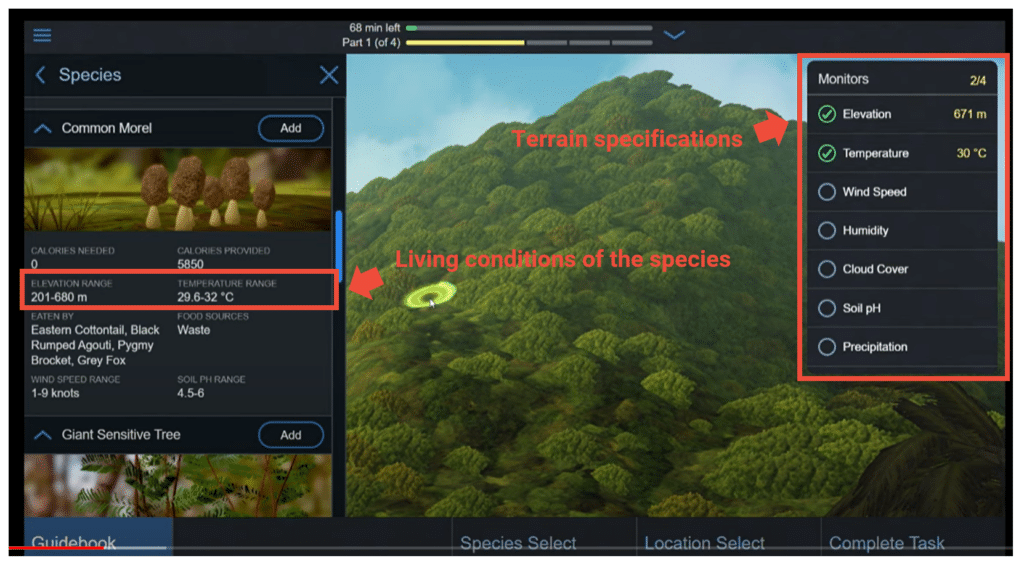
To construct a sustainable ecosystem, candidates must carefully consider the terrain specifications and select species that can thrive in the designated location.
Each species has specific terrain specs that have to be met.
If they aren’t met, the species won’t survive, and you won’t achieve the game’s objective.
Food Chain Management
Creating a balanced food chain is another critical aspect of the Ecosystem Building scenario.
In the game, the food chain consists of two types of species: producers and consumers.
Consumers can be classified as herbivores, carnivores, or omnivores, and each species has a few natural predators (Eaten By) and prey (Food Sources).
To ensure the sustainability of the ecosystem, it is vital to monitor the “calorie needed” and “calorie provided” specs of each species, ensuring that no species is eaten to extinction.


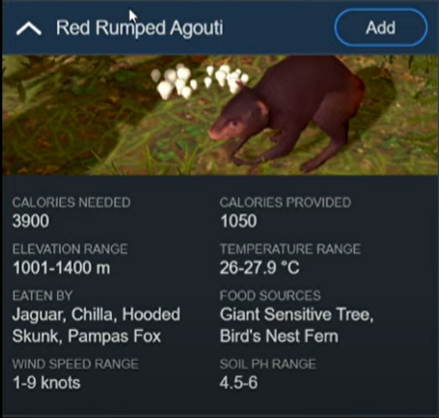
Calories balance
To make the ecosystem sustainable, your food chain must respect 3 rules.
To begin with, the species with the highest “calories provided” eats first. And it eats its “food source” with the highest calories provided.
Secondly, when a “food source” is eaten, its “calories provided” decrease permanently by an amount equal to the eating species’ “calories needed.”
Next, the species with the highest current “calories provided” eats.
To win the game, all the species must have their “calories needed” fully provided and “calories provided” above zero.
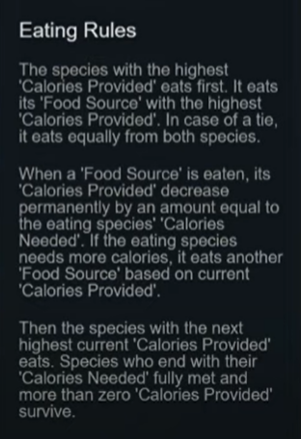
An example of a working food chain:

And an example of a food chain not working:

Source: PSGSecrets.com
A sample game
Now that you know the Ecosystem Management game, you can watch the following video.
In this video?
A candidate filmed his screen while taking the McKinsey Solve Game:
Mastering the Redrock Study
The RedRock Study is the latest McKinsey Problem Solving Game addition to test your decision making process.
The game’s plot is that you are sent to an island to analyze the species.
To solve this mini-game, you must go through 3 phases: investigation, analysis, and report.
Each of these phases, mimicking a consulting project, will be detailed in the next sections.
Also, after the 3 phases, you’ll have to answer 10 case questions.
Besides, like the first game (Ecosystem Management), you have 35 minutes to complete the RedRock study.
The investigation phase
In this first phase, you must read a text.
And then collect the information you might need later.
The main challenge is identifying the relevant data.
Because most of the information shown is irrelevant.
Thus, be careful not to waste too much time.
And once you’ve collected all the information, you can move to the analysis phase.
The analysis phase
Here, you’ll be asked to answer three numerical questions.
And don’t worry: a virtual calculator is embedded in the game.
But, you need to use the information gathered in phase 1 to answer these questions correctly.
And very important: write down your answers because you’ll need them in the next phase.
The report phase
Finally, you’ll have to write a summary of your analysis and present your data in charts.
The report phase has two main components:
A written part where you’ll be asked to answer 5 questions based on your analysis,
And a visual part where you’ll be asked to choose a type of graph to show the results of your analysis.
You’ll move to the case questions after completing the report phase.
The case questions
In this final phase, you must answer up to 10 case questions.
And these case questions are similar to those in the McKinsey Problem Solving Test (PST).
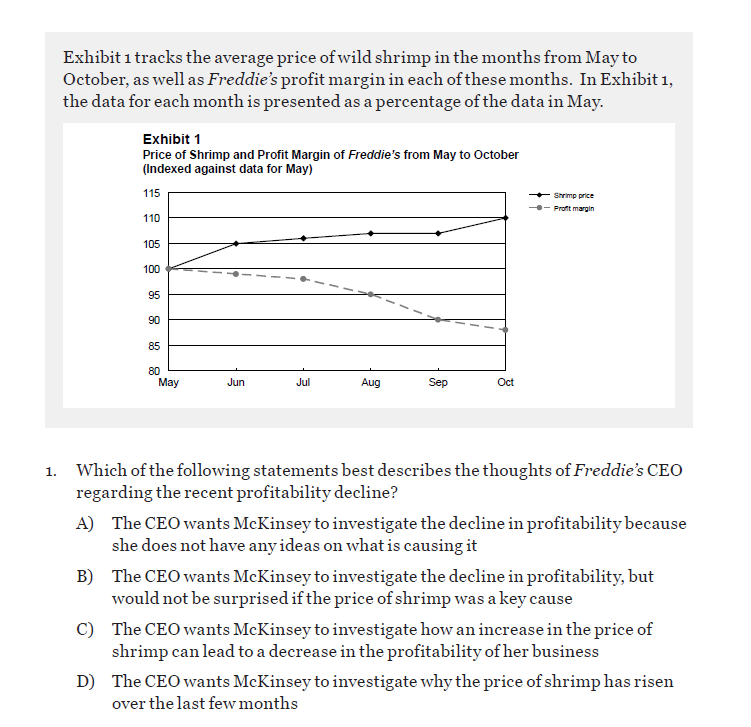
Thus, I recommend practicing with the old McKinsey PST practice tests (see below).
Because the goal will be to sharpen your numerical and chart interpretation skills.
Get 4 Complete Case Interview Courses For Free

You need 4 skills to be successful in all case interviews: Case Structuring, Case Leadership, Case Analytics, and Communication. Join this free training and learn how to ace ANY case questions.
Acing the Plant Defense Mini Game
Preliminary note: since March 2023, McKinsey has no longer used the Plant Defense Game.
However, I encourage you to study the following tactics if McKinsey uses this game again.
What is the Plant Defense Game?
The Plant Defense scenario is another McKinsey Problem Solving Game core component.
In this scenario, candidates must defend a base (a square on the map), represented by a native plant, from various invading species, such as rats, foxes, and other predators.
In the Plant Defense scenario, candidates must strategically place defenders and manage resources effectively to protect the base from invading species.
Defenders, such as terrain features like mountains or forests, or animal defenders like snakes or eagles, have a specified range of coverage and inflict damage on invaders that enter it.
Terrain features can also obstruct or slow down various types of invaders.
How to Win the Plant Defense Game?
You must protect the particular land as long as possible.
To do so, you must predict when and how the invaders will attack to protect the land.
Now, here are my expert tips to win the Plant Defense game.
Step 1: Understand barriers and defenders
First, select the resources you’ll use to protect the plant.
And those resources can be defenders (snakes, eagles, coyotes, etc.) or natural barriers (forests, rocks, cliffs, etc.).
Plus, each animal and barrier has specific characteristics.
Animals can kill the invaders (or damage them), while barriers can slow them down.
And each defender is effective on a certain number of squares around them.
For instance:
Eagles cover more squares but inflict less damage.
Or:
Snakes cover only one square but inflict more damage.
Step 2: Define a strategy to place resources
At the beginning of the game, you must place five barriers or defenders on the map.
Expert tip: place defenders with large areas of influence close to the plant to defend.
And use barriers to create bottlenecks to make defenders even more effective.
Step 3: Understand and analyze the invaders
The invaders appear at the edge of the map.
And their numbers increase during the game.
Check the invaders’ characteristics to identify the best barriers or defenders to use.
Step 4: Adjust the strategy
Your defense strategy can be adjusted after each invader’s move.
Remember: try to create circular defenses around the plant.
Note: all of the above screenshots are from our partner PSGSecrets.com.
Now, let’s discuss the other mini games that McKinsey used.
Alternative Mini-Games and Their Challenges
All the candidates who recently passed the game (as of July 2023) had to deal with the Ecosystem building game and Redrock scenarios.
However, consulting is an ever-changing industry.
And so does the McKinsey Problem Solving Game!
Hence, maybe you’ll have one of the following scenarios.
Or a new one that has never been given so far.
Bottom line: be prepared for anything.
Ok, let’s discuss the alternative mini-games previous candidates had.
Disaster Management Game
The natural Disaster Management mini-game involves identifying the type of natural disaster in an ecosystem and relocating the animals from this ecosystem to maximize their survival.
Disease Management
The Disease Management mini-game requires candidates to accurately identify the disease that has infiltrated the ecosystem and implement the necessary measures to contain it.
To succeed in this mini-game, candidates must discern the disease pattern within the ecosystem and anticipate who will be exposed next.
Finally, candidates must select a treatment based on the characteristics of the disease, the animal population, and the treatment options.
Migration Management
The Migration Management mini-game involves identifying the migration patterns of the animals in the ecosystem and implementing necessary steps to ensure their safety.
This requires a deep understanding of the factors that influence animal migration.
Preparing for the McKinsey Problem Solving Game
McKinsey Solve Simulation Platforms
Several simulation platforms help candidates practice the mini-games like the original McKinsey Game.
By utilizing these simulation platforms, candidates can familiarize themselves with the game’s mechanics, challenges, and time constraints.
I recommend using the simulations at PSGSecrets.com.
Francesco Rieppi, a former BCG consultant, has designed this platform and offers an incredible money-back guarantee if you don’t pass the Game.
Note for full transparency: this is an affiliate link. Hence, I’ll get a commission if you purchase Francesco’s product (but without additional costs for you).
Developing Critical Thinking for Success
This is the most important skill to develop to secure a McKinsey offer.
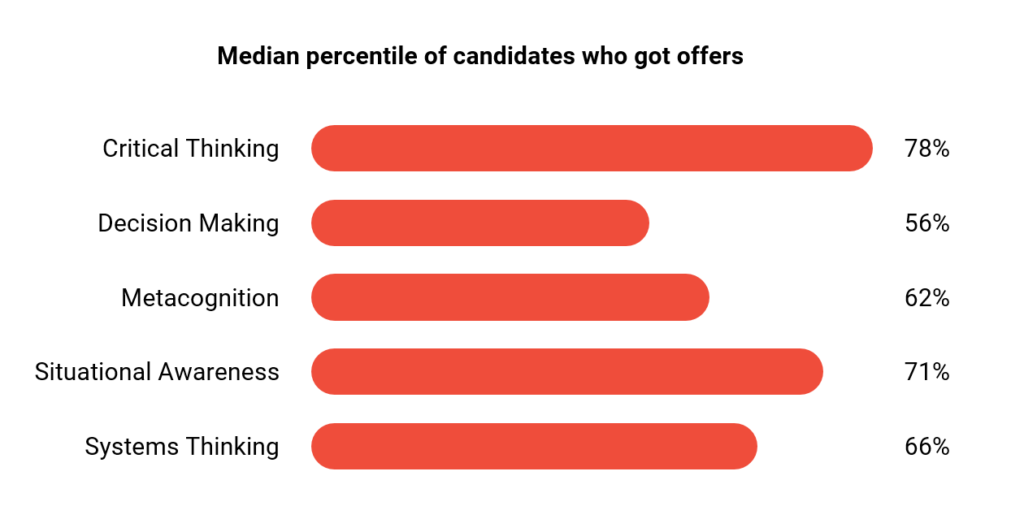
Source: McKinsey and Imbellus teams.
So, what does “critical thinking” mean?
According to Wikipedia:
Critical thinking is the analysis of available facts, evidence, observations, and arguments to form a judgment by applying rational, skeptical, and unbiased analyses and evaluations.
Thus, candidates must be able to quickly assimilate and analyze large quantities of data, identify patterns and trends, and make well-informed decisions based on available information.
Therefore:
How can you develop your critical thinking?
In the next sections, we will discuss strategies to improve your critical thinking and how these strategies can be applied to tackle the game’s various scenarios.
Practice analyzing data with McKinsey PST questions
First, practice with the good old McKinsey PST questions
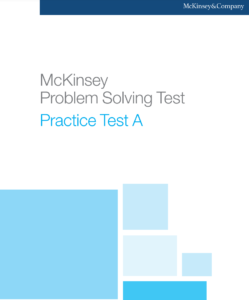
The McKinsey PST practice tests look like this.
First, you have a text to give you some context.
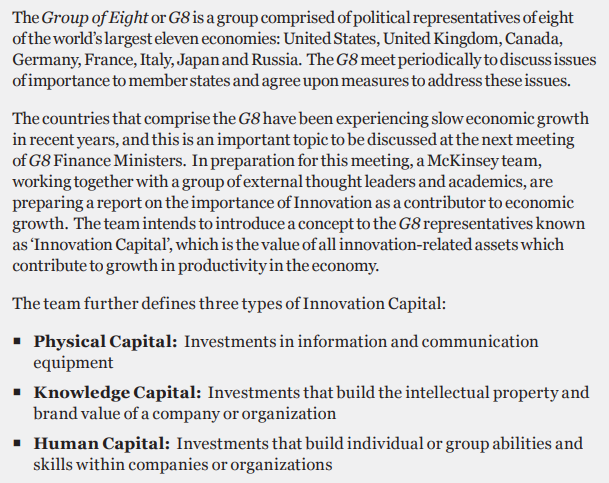
Secondly, you can also find exhibits to provide more information.

And finally, you have a list of questions.
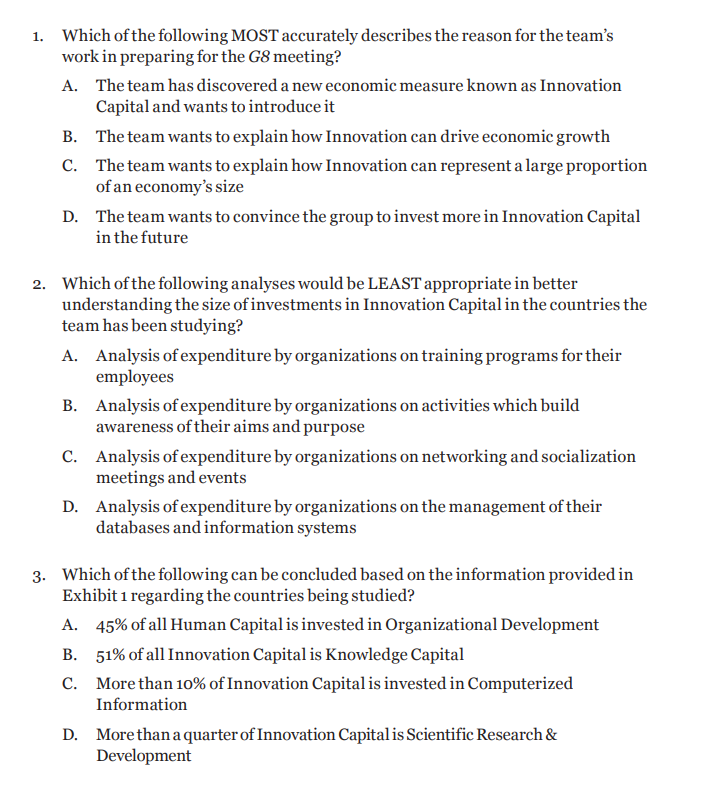
And to answer those questions, you must use the information and data provided at the beginning.
Practice analyzing data with GMAT questions
Besides the McKinsey PST, you can also use GMAT questions to develop your skills.
But not any GMAT question.
The Quantitative Reasoning and Integrated Reasoning questions are great drills to prepare for the screening tests and case interviews used by top consulting firms like McKinsey.
Quantitative Reasoning
There are two questions in the Quantitative Reasoning Section:
Problem-Solving: Measures your ability to use logic and analytical reasoning to solve quantitative problems.
Data Sufficiency: Measures your ability to analyze a quantitative problem, recognize the relevant data, and determine when enough data exists to solve the problem.
Both types of questions require some knowledge of arithmetic, elementary algebra, and commonly known concepts of geometry.
Rest assured that the difficulty of the questions stems from the logic and analytical skills required, not the underlying math skills.
Sample Problem-Solving Question
Question
If u > t, r > q, s > t, and t > r, which of the following must be true?
u > s
s > q
u > r
(A) I only
(B) II only
(C) III only
(D) I and II
(E) II and III
Answer: (E)
Sample Data Sufficiency Question
Question
If a real estate agent received a commission of 6 percent of the selling price of a certain house, what was the house’s selling price?
(1) The selling price minus the real estate agent’s commission was $84,600.
(2) The selling price was 250 percent of the original purchase price of $36,000.
(A) Statement (1) ALONE is sufficient, but statement (2) alone is not sufficient.
(B) Statement (2) ALONE is sufficient, but statement (1) alone is not sufficient.
(C) BOTH statements TOGETHER are sufficient, but NEITHER statement ALONE is sufficient.
(D) EACH statement ALONE is sufficient.
(E) Statements (1) and (2) TOGETHER are NOT sufficient.
Answer: (D)
Integrated Reasoning
There are four types of questions in the Integrated Reasoning Section:
Multi-Source Reasoning: Measures your ability to examine data from multiple sources text passages, tables, graphics, or some combination of the three—and to analyze each source of data to answer multiple questions carefully.
Table Analysis: Measures your ability to sort and analyze a data table, like a spreadsheet, to determine what information is relevant or meets certain conditions.
Graphics Interpretation: Measures your ability to interpret the information presented in a graph or other graphical image (scatter plot, x/y graph, bar chart, pie chart, or statistical curve distribution) to discern relationships and make inferences.
and Two-Part Analysis: Measures your ability to solve complex problems. They could be quantitative, verbal, or some combination of both. The format is intentionally versatile to cover a wide range of content. Your ability to evaluate trade-offs, solve simultaneous equations, and discern relationships between two entities is measured.
The questions involve quantitative and verbal reasoning, separately or in combination.
Sample GMAT Integrated Reasoning question:
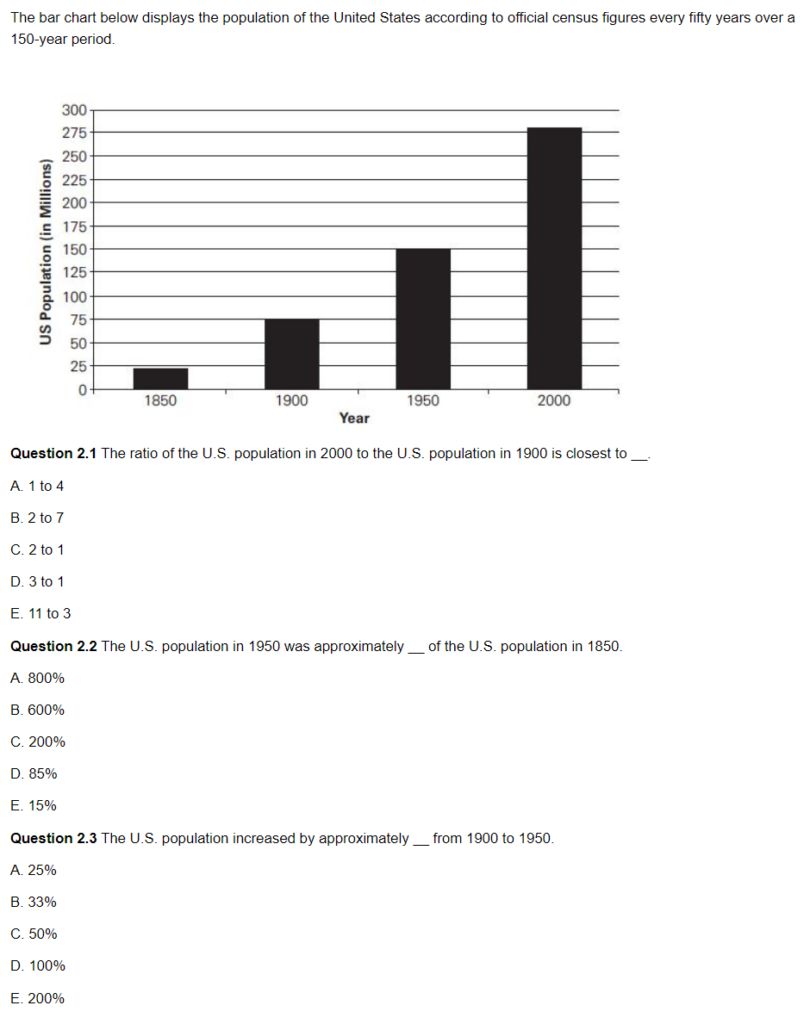
Source: https://studyabroad.shiksha.com/gmat-sample-questions-integrated-reasoning-section-articlepage-1659
And here is the best part:
You can easily find online many GMAT simulation platforms with free trial periods.
Hence, you’ll be able to practice with time constraints.
And better feel the pressure of the clock ticking in a test 😅
Mental calculations
Most questions on the Redrock involve math, particularly percentages.
Therefore, it is wise to practice calculations involving percentages before the game.
For instance:
What’s 80% of 8,200?
Or:
How much sales (today: $82m) should increase to reach $140m?
Like the GMAT, these questions are not too difficult.
But the limited time (and the pressure) makes it challenging.
Hypothesis Formation
Forming hypotheses based on available information is another essential McKinsey Problem Solving Game skill.
Hypothesis formation is the process of devising a predictive statement or tentative explanation about a phenomenon or problem based on limited evidence or prior knowledge.
To form hypotheses effectively, it is necessary to consider the context of the problem, analyze the available data, and evaluate the potential implications of the hypothesis.
Additionally, it is important to consider the potential for bias in the data and contemplate alternative hypotheses.
As new data is presented during the game, candidates must be able to adjust their hypotheses accordingly.
This may include revising the hypothesis, discarding it, or forming a new hypothesis.
Being flexible and adaptable in the face of new information is crucial for success in the McKinsey Problem Solving Game, as it allows candidates to respond effectively to changing circumstances and make the best decisions based on the most up-to-date information.
Gaming for Success
Some applicants said the McKinsey Digital Assessment could be overwhelming if you aren’t accustomed to playing computer games.
The learning curve for the PSG is shortened for players who play frequently, particularly those who enjoy strategy games.
They are quicker to figure out what to do next and when to do it because they are usually more familiar with game environments.
However, some video game genres will be more helpful in preparing for the McKinsey Problem Solving Game.
The gameplay in the following video games is somewhat reminiscent of that in the McKinsey PSG:
- Zoo Tycoon – similar to Ecosystem creation
- Planet Zoo – similar to Ecosystem creation
- Kingdom Rush – similar to Plant Defense
- Roller Coaster Tycoon – similar to Ecosystem creation
- Planet Coaster – similar to Ecosystem creation
- Plants VS Zombies – similar to Plant Defense
As you can see, there is a lot of mini games you can use to practice.
Besides, if you know any, you can play a traditional board game, especially strategy games.
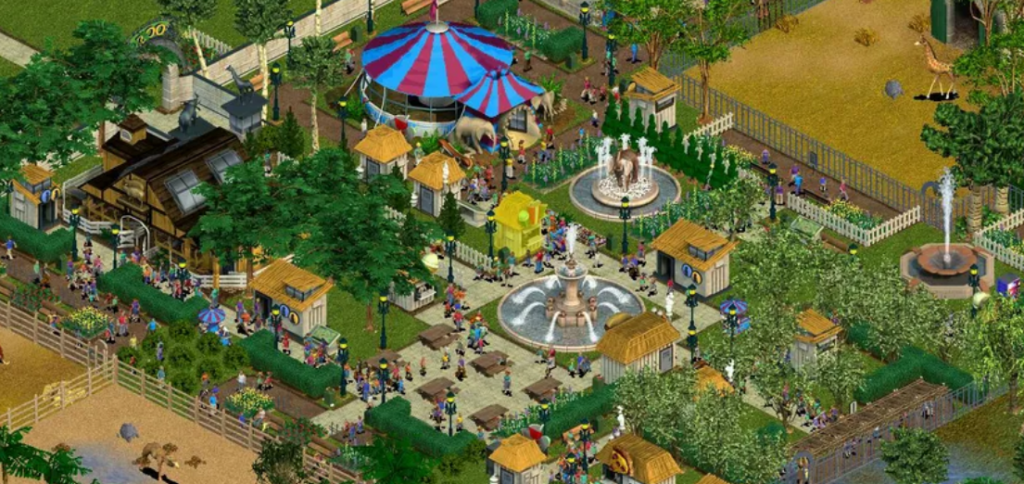
Frequently asked questions (and final tips)
How hard is it to pass the McKinsey problem solving game?
The McKinsey Problem Solving Game can be challenging due to its difficult passing rate.
Estimates suggest that only 20-30% of test candidates are successful.
Does everyone get invited to the McKinsey problem solving game?
As of 2023, all the candidates who passed the resume screening were asked to take the Problem Solving Game.
And the game is used by all McKinsey divisions (Digital and Operations) in their hiring processes.
Will I receive a score for my performance after the McKinsey Online Assessment?
Usually, you don’t receive a score but a confirmation of whether you passed the game.
What is the purpose of the McKinsey Problem Solving Game?
The McKinsey Problem Solving Game tests a candidate’s ability to think critically and solve complex problems.
And this game is an important part of the McKinsey recruitment process.
It happens before PEI and case interviews.
So McKinsey can identify the best possible candidates for their consulting roles.
What are the differences between the McKinsey PSG and McKinsey PST?
The McKinsey PST (Problem Solving Test) was a traditional standardized admission test.
These traditional assessments focus on content mastery, processing speed, and memory. These factors ignore the increasing need to develop and measure capabilities required by the 21st-century workforce. These tests ignore the cognitive process that users engage in during that task.
Source: Imbellus and McKinsey teams
Thus, unlike the PST, the game doesn’t require business knowledge.
Besides, the McKinsey Problem Solving Game score is based on the final results and the steps to reach the results.
Imbellus assessments focus on evaluating how people think instead of what they know. Through the scenarios in our simulation-based environments, we observe details of users’ cognitive processes, not just their end choices.
Source: Imbellus and McKinsey teams
How long is the McKinsey Problem Solving Game?
The total time is between 60 and 75 minutes.
And time management is a critical success factor to pass this test.
What is the usual response time from HR?
Normally candidates receive an answer within two weeks after they’ve completed the test.
Will I have to take the test from home?
Yes. McKinsey will send you a link to take the test.
Also, they will provide you with another link to check if the technical characteristics of your laptop are enough to play the McKinsey Problem Solving Game.
Can I pause the game once it has started?
No. You must go through all the mini games at one time once you have started.
Any last advice?
Before you start the Game, make sure you are in a silent room (mute your phone) and check your internet connection.
The best way to practice is to simulate the actual games themselves. PSG Secrets offers a realistic simulation of the McKinsey Solve that you can play through.
Besides, prepare pens, papers, and the templates provided in the psgsecrets platform.
Conclusion
I hope you enjoyed this guide about the McKinsey digital assessment.
And that you feel more confident of winning the McKinsey Problem Solving Game.
The best way to practice this is by playing through a realistic simulation of the McKinsey Solve.
Now, I’d like to hear from you:
Which scenario is the most challenging, in your opinion?
Will you play more video games to prepare for this test?
Let me know by leaving a quick comment below right now.
Sébastien
Get 4 Complete Case Interview Courses For Free

You need 4 skills to be successful in all case interviews: Case Structuring, Case Leadership, Case Analytics, and Communication. Join this free training and learn how to ace ANY case questions.
Related articles:
How to answer the question “Why consulting” and “Why McKinsey? Why BCG? Why Bain & Company?”.
Also: read this article to write a compelling and personalized cover letter.
